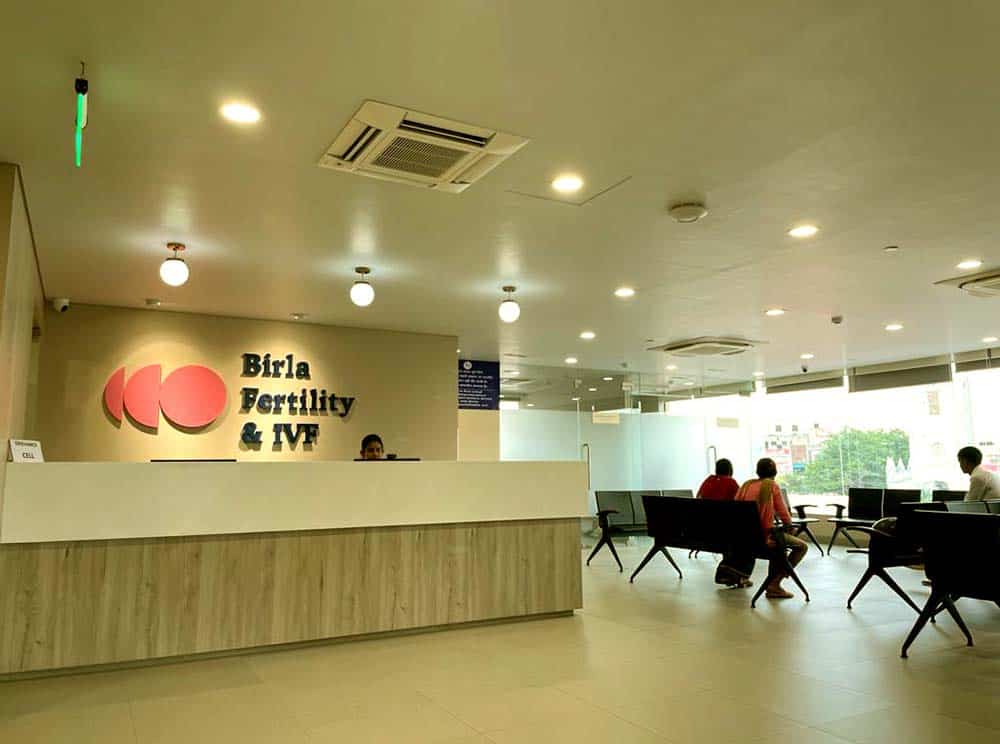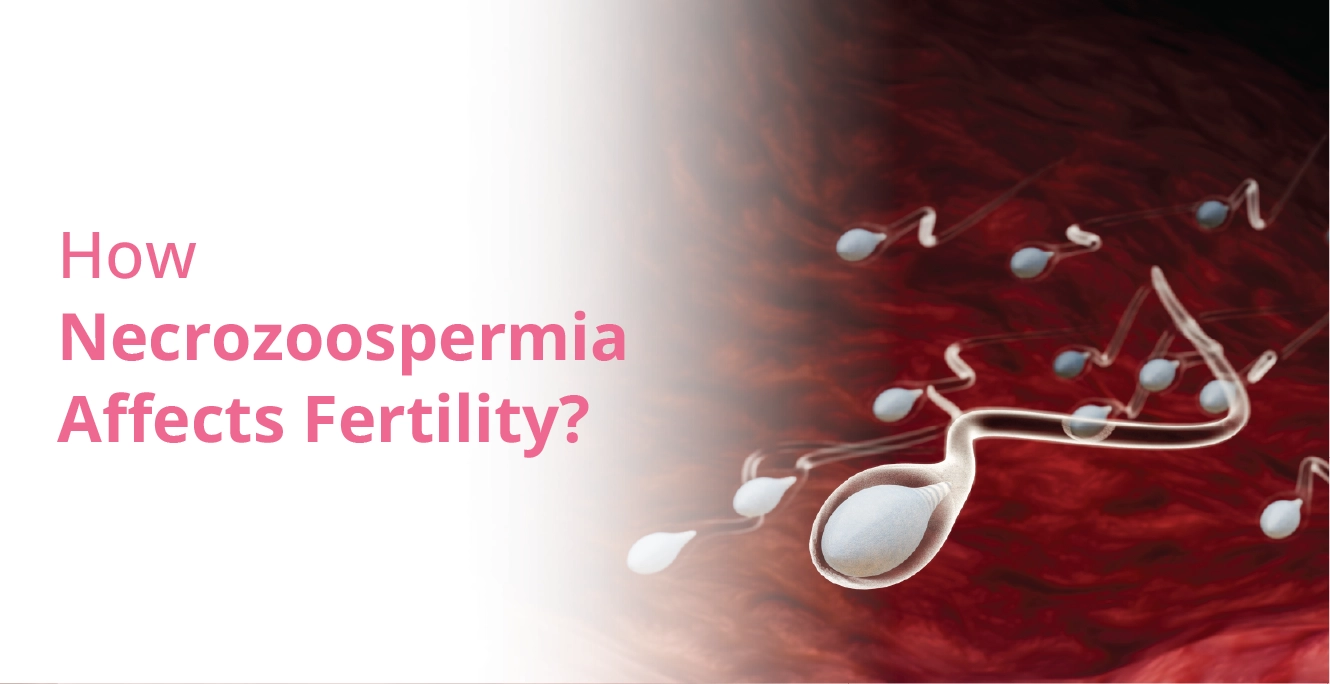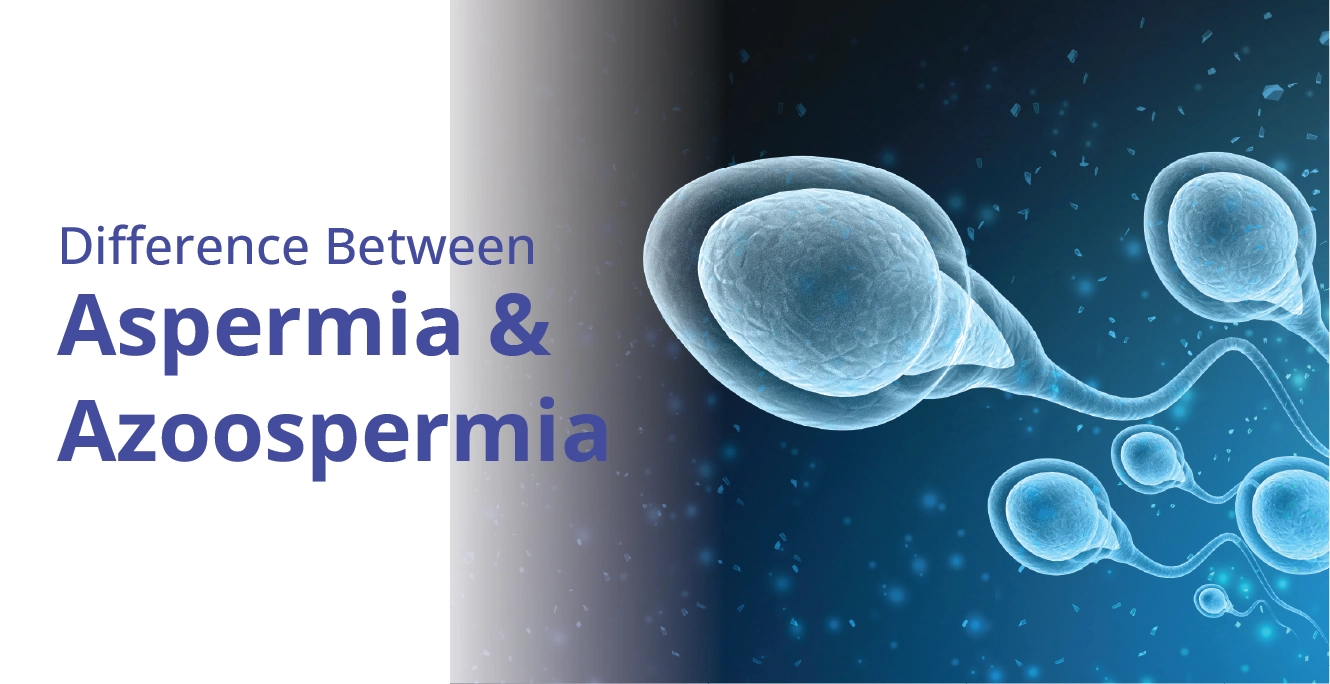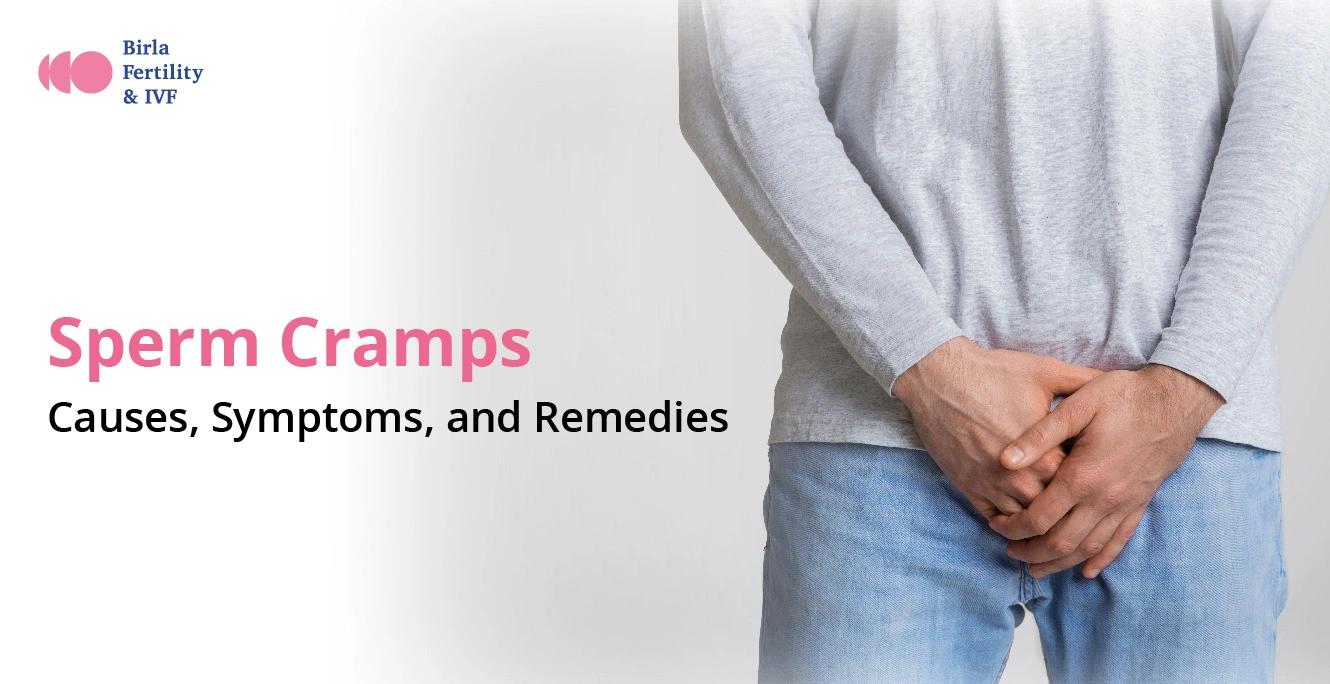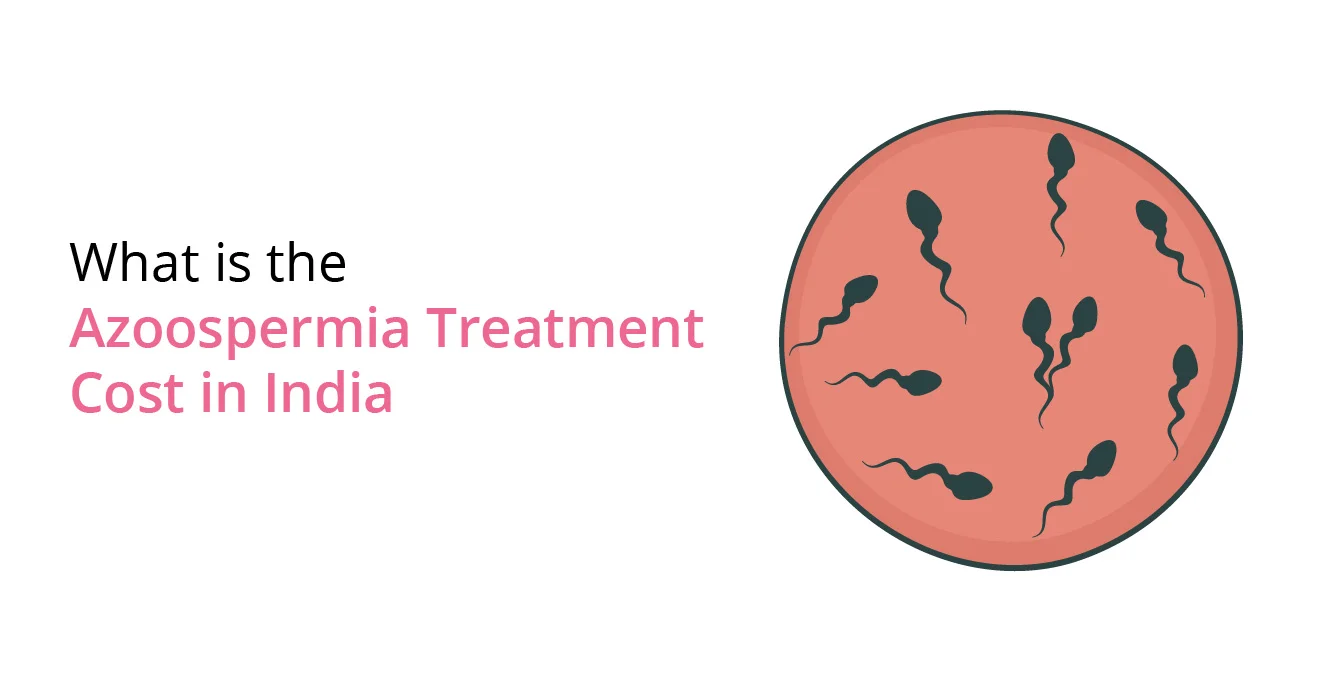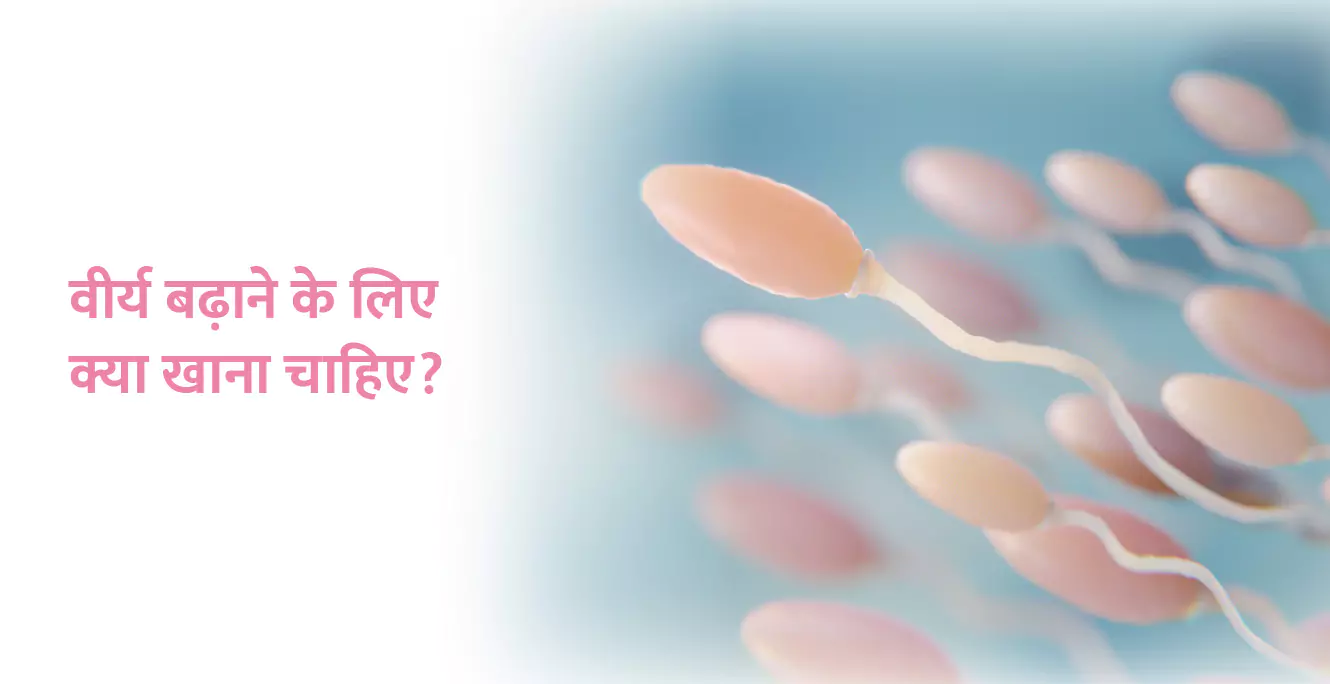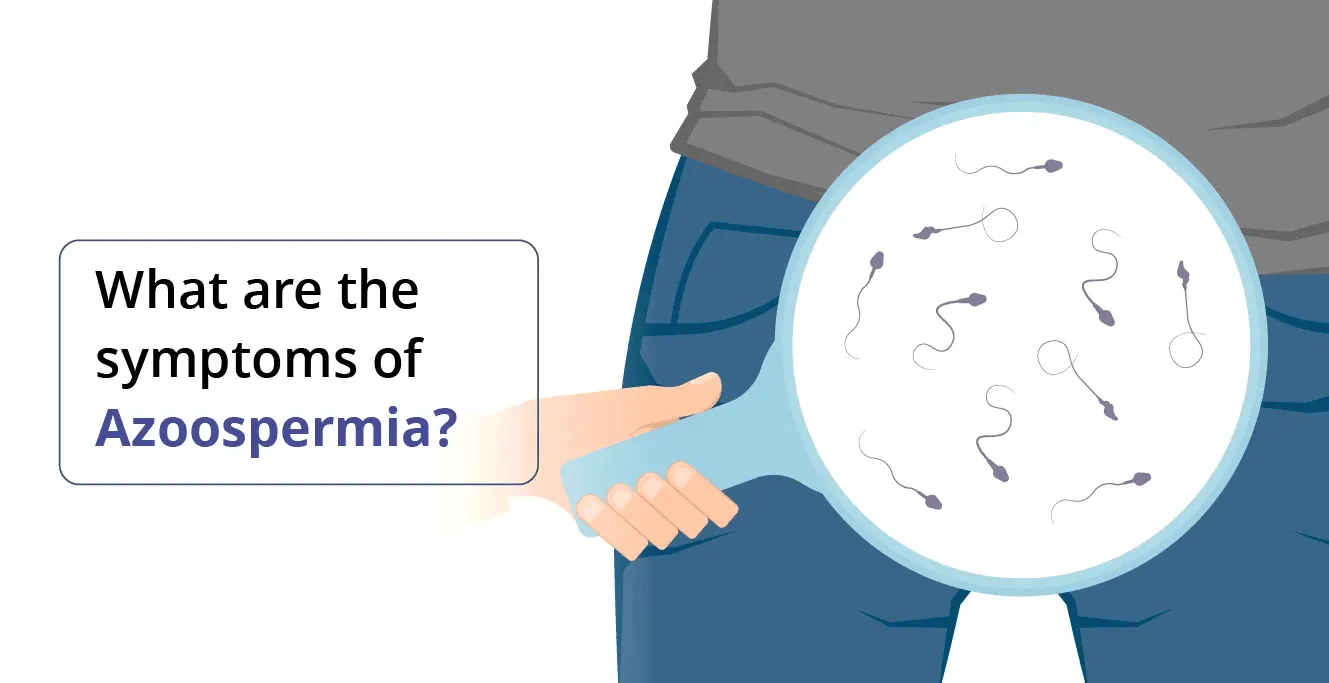Azoospermia Treatment in Noida
Book Your Appointment
Your Azoospermia Treatment Journey with Us in Noida: Step-by-Step Process
Your journey begins with a thorough consultation, during which our fertility specialist assesses your complete medical history, lifestyle habits, and any previous reports or tests. This helps set a strong foundation for accurate diagnosis and personalised care.
Awards & Recognitions
Types of Azoospermia
Knowing the types of azoospermia is important to stay informed in your treatment journey.
Obstructive Azoospermia
When sperm is produced but is unable to reach the ejaculate due to a blockage in the reproductive tract is called obstructive azoospermia. This condition is mostly treatable with microsurgery.
Non-Obstructive Azoospermia
The testicles produce little or no sperm due to testicular failure or hormonal imbalances. Treatment may involve hormonal therapy or sperm retrieval for IVF.
Azoospermia Causes
The following can be the reasons for azoospermia.
- Genetic abnormalities (e.g. Klinefelter syndrome, Y chromosome microdeletions)Hormonal imbalances (low FSH/LH)
- Obstructions in the vas deferens or the ejaculatory duct
- Varicocele
- Infections such as mumps orchitis
- Undescended testicles
- Radiation or chemotherapy exposure
- Previous surgeries involving the testicles or prostate
- Lifestyle factors; steroid use, excessive alcohol, smoking and obesity, etc.
Symptoms of Azoospermia
Azoospermia is generally asymptomatic and only discovered during fertility testing. However, some possible signs include:
- Low semen volume
- Decreased libido
- Erectile dysfunction
- Pain or swelling in the testicles
- History of testicular trauma or infection
- Infertility despite regular unprotected intercourse
Diagnosis of Azoospermia at Birla Fertility & IVF, Noida
At Birla Fertility & IVF, we use a multi-pronged diagnostic approach.
- Semen Analysis: At least two tests are performed to confirm zero sperm count.
- Hormonal Testing: To check the levels of FSH, LH, and testosterone, which helps understand testicular function.
- Scrotal Ultrasound: Helps detect blockages or varicoceles.
- Genetic Testing: Helps in case non-obstructive azoospermia is suspected.
- Testicular Biopsy: A minor surgical procedure to check for sperm production in the testes.
Treatment for Azoospermia at Birla Fertility & IVF, Noida
Birla Fertility & IVF offers advanced and personalised azoospermia treatment options tailored to the type and cause of the condition:
Surgical Sperm Retrieval Techniques
PESA (Percutaneous Epididymal Sperm Aspiration)
A minimally invasive procedure to extract sperm directly from the epididymis, mostly used in obstructive azoospermia. Carried out under local anaesthesia, it involves a faster recovery.
TESA (Testicular Sperm Aspiration)
Involves inserting a fine needle into the testis to aspirate sperm, useful for both obstructive and selected non-obstructive cases. It can be done as an outpatient procedure and is often paired with ICSI. TESE (Testicular Sperm Extraction)A small surgical incision is made in the testicle to retrieve tissue, which is then examined for sperm. This method is ideal when other retrieval attempts are unsuccessful or in severe non-obstructive azoospermia.
These techniques enable sperm retrieval even in the absence of sperm in the semen and can be scheduled on the same day as the egg retrieval in IVF cycles.
Hormonal Therapy
Medications such as hCG, FSH, or clomiphene citrate may be prescribed to stimulate natural sperm production. Hormonal therapy is often used over several months and may help restore sperm in the ejaculate in some cases.
Treatment of Underlying Causes
If azoospermia is caused by conditions that can be treated (such as varicocele, blockages or infection), then it may be successfully treated by resolving that underlying cause. Surgical fixation of varicocele or antibiotic treatment for an infection can significantly restore testicular function.
IVF with ICSI (Intracytoplasmic Sperm Injection)
If viable sperm can be obtained, ICSI is done by injecting one sperm directly into the egg to fertilise it. This procedure has very good success rates even in men with very low or surgically obtained sperm and is a key treatment for male factor infertility.
Lifestyle Management
Healthy lifestyle practices such as regular exercise, no smoking, etc., can aid reproductive health and increase treatment success. Our fertility experts will assist you in this regard to better support your treatment process.
Risk Factors of Azoospermia
The following factors can increase the risk of azoospermia.
- Family history of infertility or genetic disorders
- History of undescended testes
- Exposure to radiation or chemotherapy
- Testicular trauma or surgeries
- Anabolic steroid use
- Chronic medical conditions like diabetes or liver disease
Is it Possible to Get Pregnant with Azoospermia?
Yes. With advanced technologies like ICSI, it has become possible to conceive even with zero sperm in the ejaculate. The success mainly depends upon the type and cause of azoospermia. Our fertility specialists, at Birla Fertility & IVF, will do a thorough diagnosis and provide you with the best-suited fertility plan as per your condition.
Prevention Tips for Azoospermia
Azoospermia caused due to certain factors, such as genetic cannot be avoided, however, some tips can help reduce the risk, especially if the cause is different.
- Avoid steroid use and exposure to toxins
- Maintain a healthy weight and eat a balanced diet
- Wear protective gear during contact sports
- Manage chronic illnesses like diabetes before they advance
- Do regular testicular self-examination
- Take timely treatment for infections
Why Choose Birla Fertility & IVF, Noida for Azoospermia Treatment?
- Expert-led Treatment: Our fertility doctors are specialised in identifying and handling complex male infertility cases, including azoospermia.
- State-of-the-Art Technology: We offer advanced treatments such as PESA, TESE, and ICSI, all in one place.
- Individualised Care: Our experts review your case in detail to provide the most suitable treatment plan.
- Transparent Pricing: No surprises, no hidden costs.
- Best-in-Class Success Rates: Our individualised & evidence-based approach facilitates high pregnancy rates.
- Compassionate team: Our team will assist you not only during the treatment but also guide you for post-treatment care.
Related Blogs
Azoospermia Treatments in Other Cities
- Azoospermia Treatment in Jalandhar
- Azoospermia Treatment in Siliguri
- Azoospermia Treatment in Perinthalmanna
- Azoospermia Treatment in Patna
- Azoospermia Treatment in Chennai
- Azoospermia Treatment in Vijayapura
- Azoospermia Treatment in Mumbai
- Azoospermia Treatment in Kolar
- Azoospermia Treatment in Bangalore
- Azoospermia Treatment in Thrissur
- Azoospermia Treatment in Salem
- Azoospermia Treatment in Palakkad
- Azoospermia Treatment in Mangalore
- Azoospermia Treatment in Kannur
- Azoospermia Treatment in Kozhikode
- Azoospermia Treatment in Bhopal
- Azoospermia Treatment in Indore
- Azoospermia Treatment in Hyderabad
- Azoospermia Treatment in Nagpur
- Azoospermia Treatment in Jaipur
- Azoospermia Treatment in Raipur
- Azoospermia Treatment in Guwahati
- Azoospermia Treatment in Chandigarh
- Azoospermia Treatment in Ranchi
- Azoospermia Treatment in Ahmedabad
- Azoospermia Treatment in Surat
- Azoospermia Treatment in Cuttack
- Azoospermia Treatment in Bhubaneswar
- Azoospermia Treatment in Howrah
- Azoospermia Treatment in Kolkata
- Azoospermia Treatment in Meerut
- Azoospermia Treatment in Prayagraj
- Azoospermia Treatment in Noida
- Azoospermia Treatment in Gorakhpur
- Azoospermia Treatment in Varanasi
- Azoospermia Treatment in Lucknow
- Azoospermia Treatment in Rewari
- Azoospermia Treatment in Gurgaon
- Azoospermia Treatment in Delhi
Other Treatments in Noida
- Chocolate Cysts Treatment in Noida
- Premature Ejaculation Treatment in Noida
- Surrogacy Treatment in Noida
- STD Treatment in Noida
- Irregular Periods Treatment in Noida
- Cervical Cancer Treatment in Noida
- Varicocele Treatment in Noida
- Azoospermia Treatment in Noida
- Erectile Dysfunction Treatment in Noida
- Hormonal Imbalance Treatment in Noida
- Ovarian Cysts Treatment in Noida
- Endometriosis Treatment in Noida
- Uterine Fibroids Treatment in Noida
- PCOS Treatment in Noida
- Male Infertility Treatment in Noida
- Egg Freezing in Noida
- IUI Treatment in Noida
- ICSI Treatment in Noida
- IVF Treatment in Noida

 Our Centers
Our Centers


